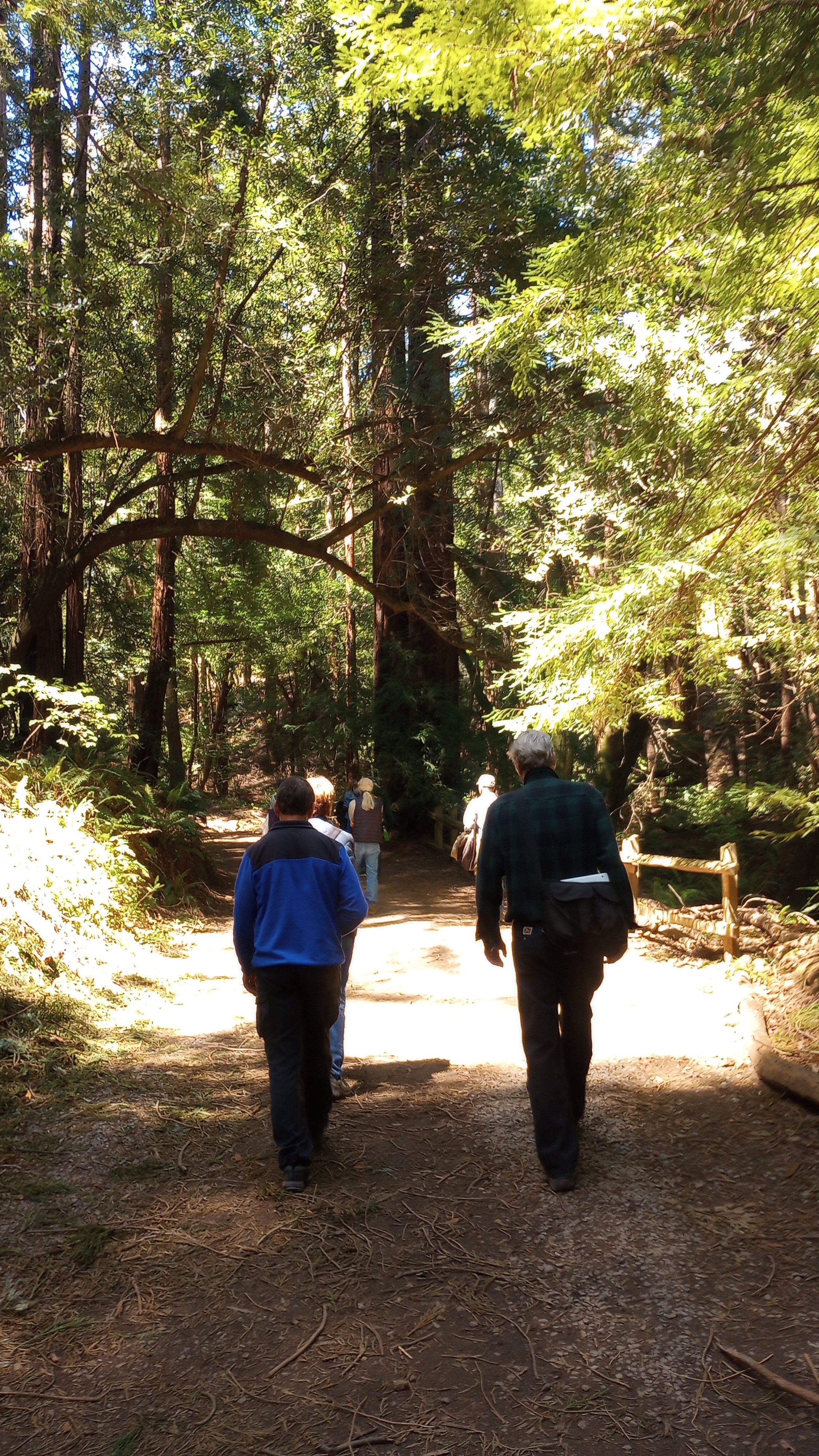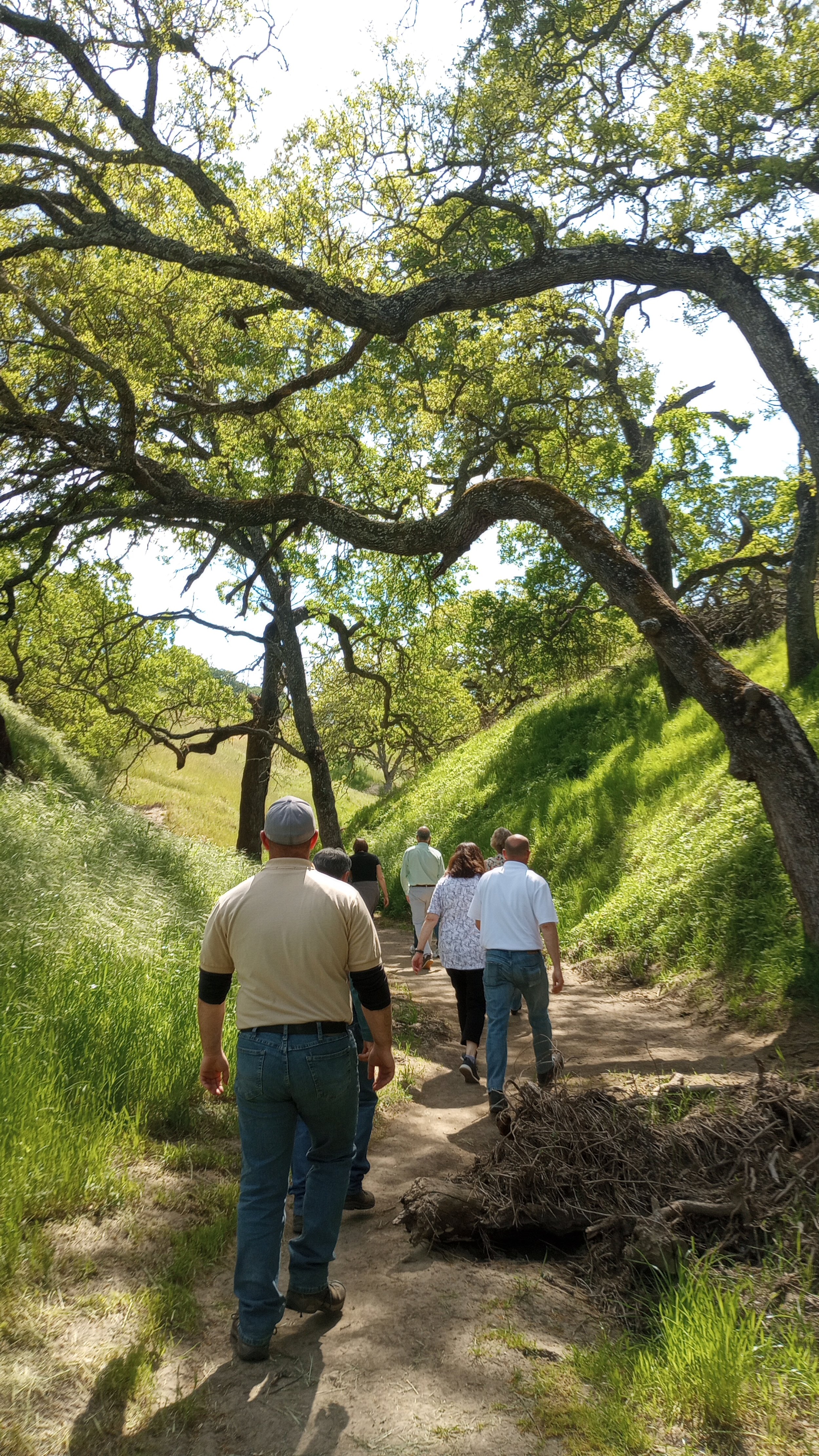Earth Week Celebration
There’s no better way to celebrate Earth Day than with protecting old-growth forests. This Earth Day, the Old-Growth Forest Network celebrated ten new forests over the course of a week, making it more of an Earth Week celebration than anything! Keep scrolling to discover what makes these forests truly spectacular.
Beall Woods State park- wabash county, IL









We started off the week at Beall Woods State Park in Wabash County, Illinois, which includes 329 acres of old-growth forest. It is one of the few places where one can experience the natural hardwood forest of the Eastern Woodland. The forest is sometimes called the “University of Trees” because of the great species diversity. There are sixty-four different tree species in the park, including five kinds of maple, six kinds of hickory, and thirteen kinds of oaks! Joan Maloof highlighted this forest in her book Among the Ancients: Adventures in the Eastern Old-Growth Forests.
Reinhardt Redwood Regional park- alameda county, Ca
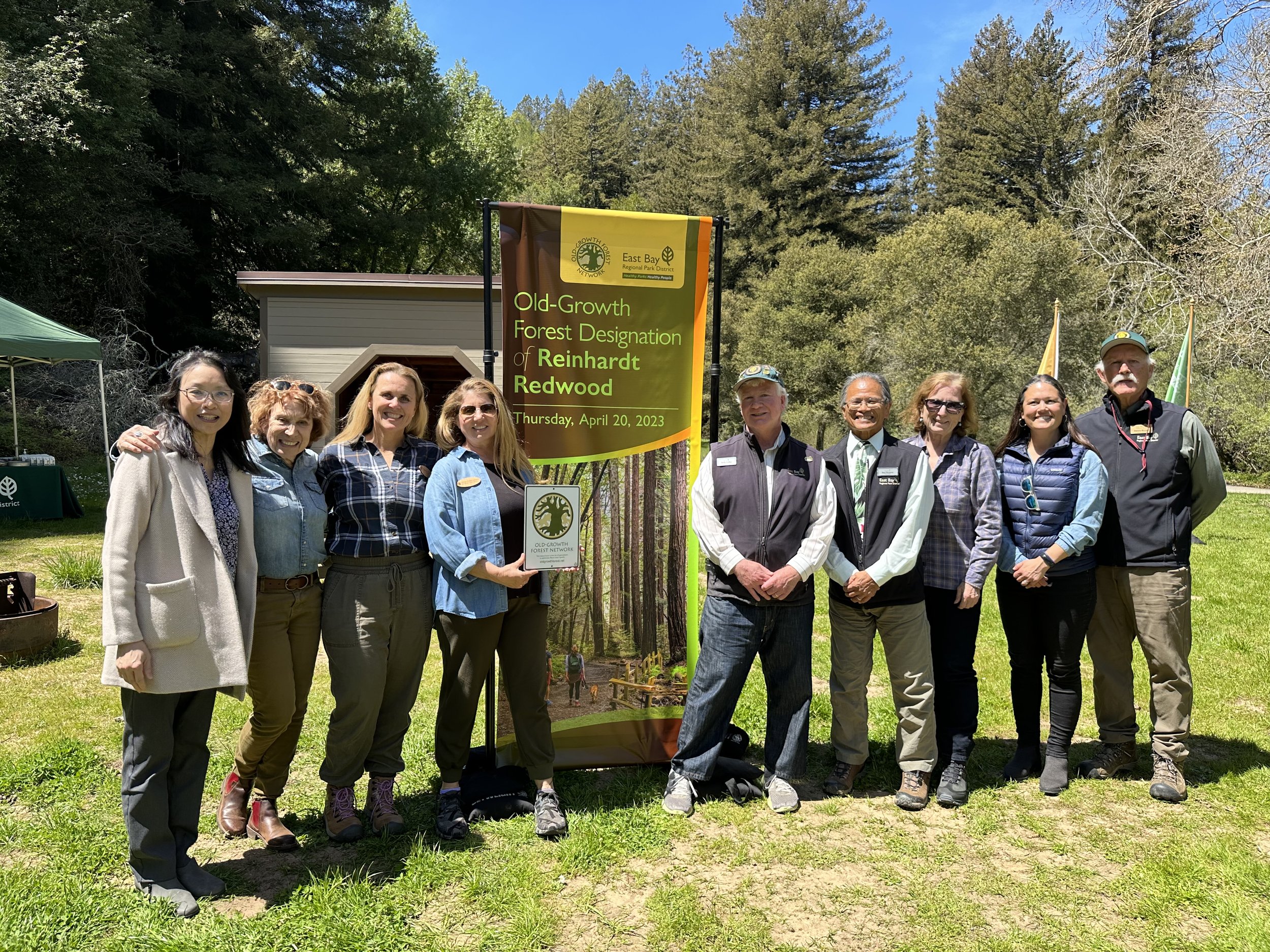
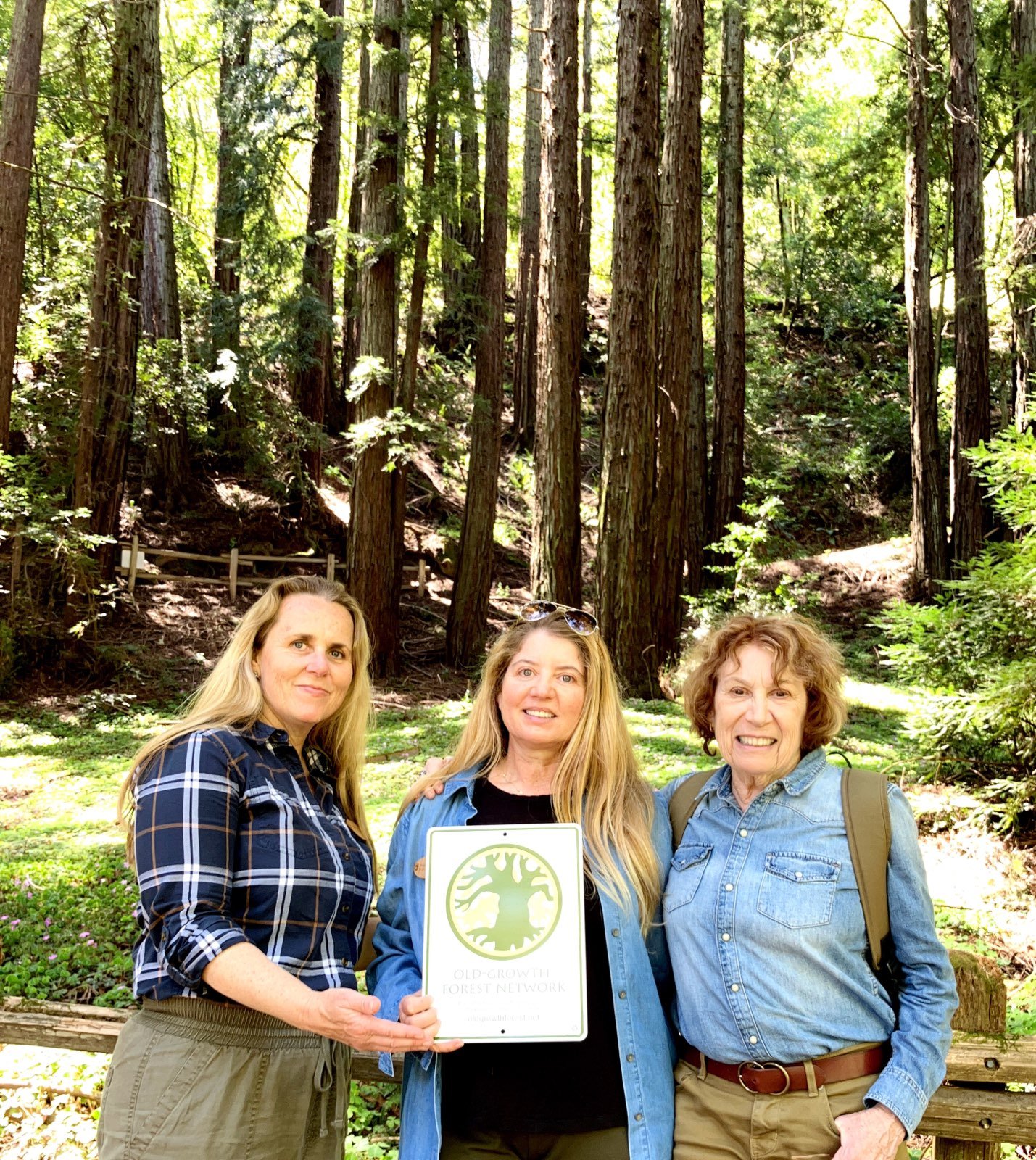
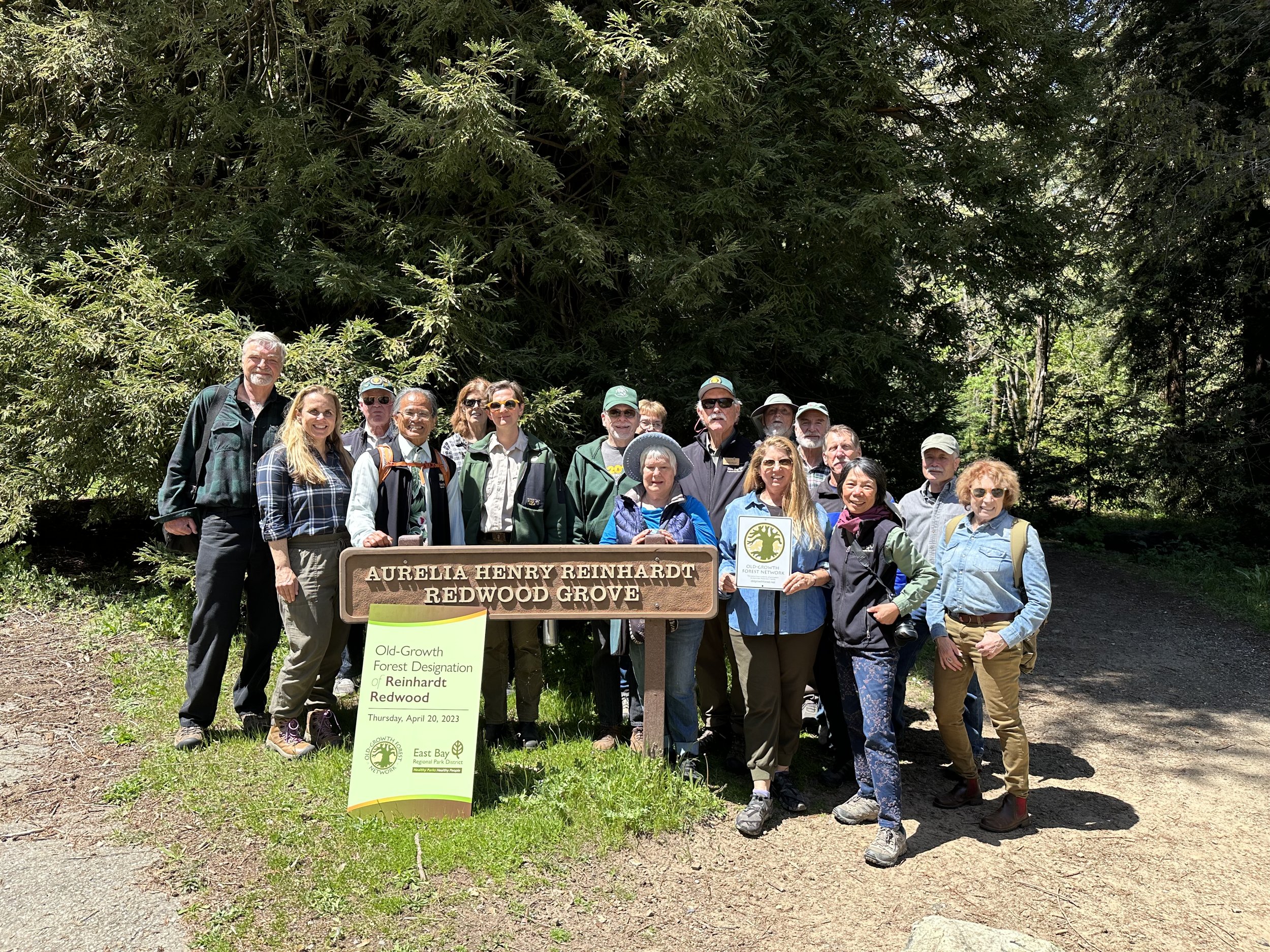
Up next we celebrated Reinhardt Redwood Regional Park in Alameda County, California, a 1,833-acre park home to a great forest of coast redwoods as well as evergreens, chaparral, and grasslands. The redwood grove, which is mature second growth from the 1850s is 700 acres. Wildlife within the park includes rare species such as the golden eagle and Alameda striped racer. Deer, raccoons, rabbits, and squirrels are often seen.
Shell Ridge at Walnut Creek Open Space- Contra Costa County, ca


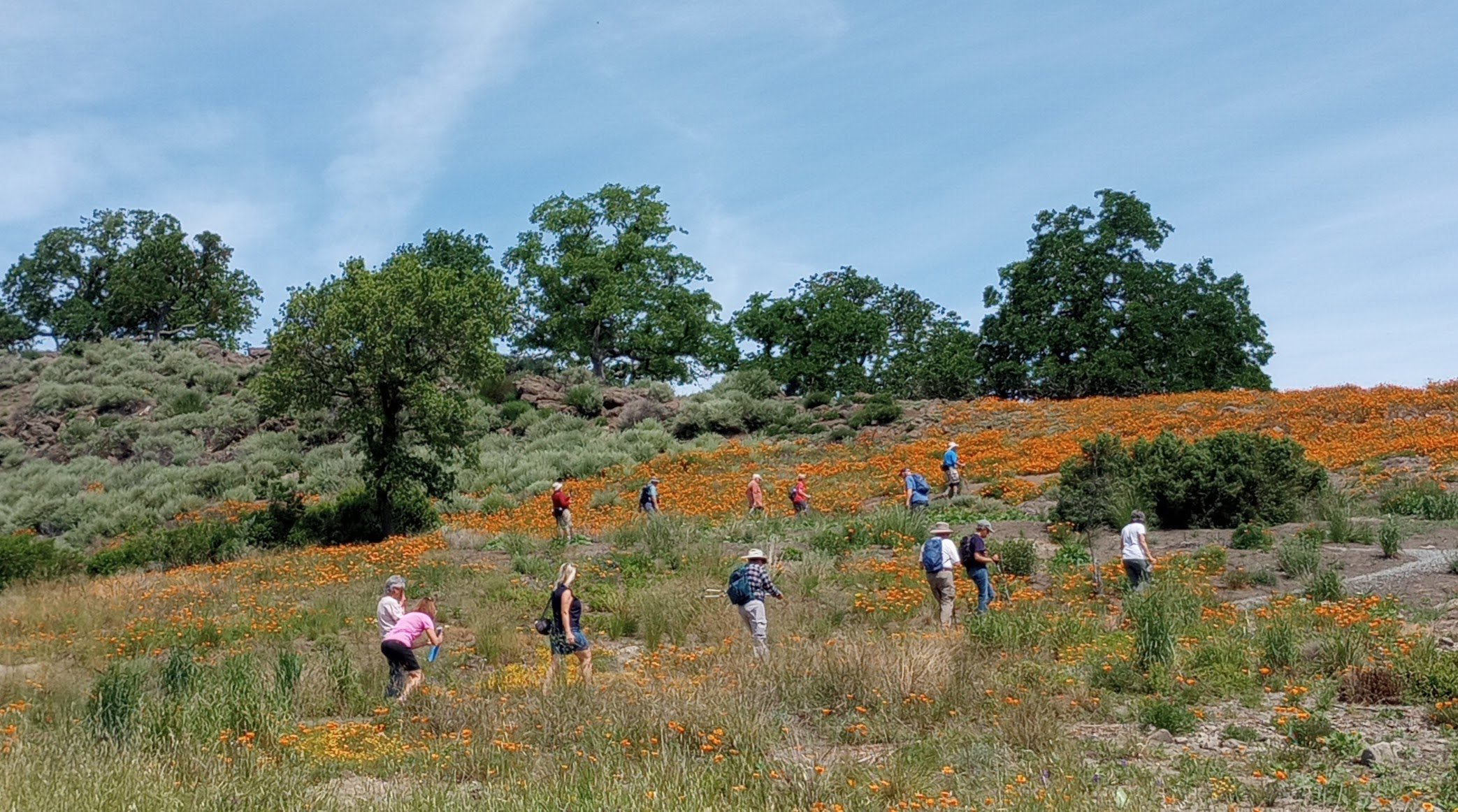
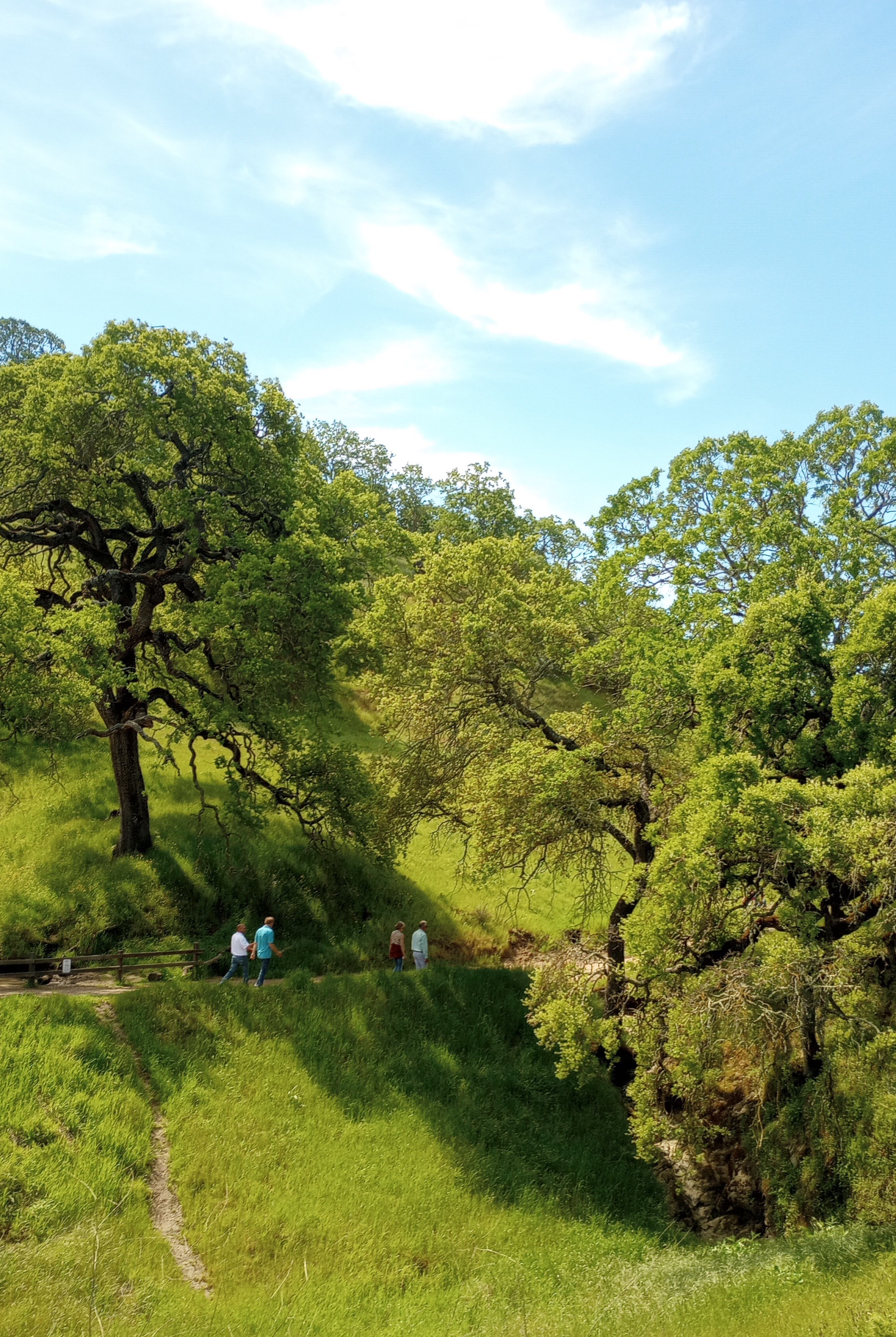

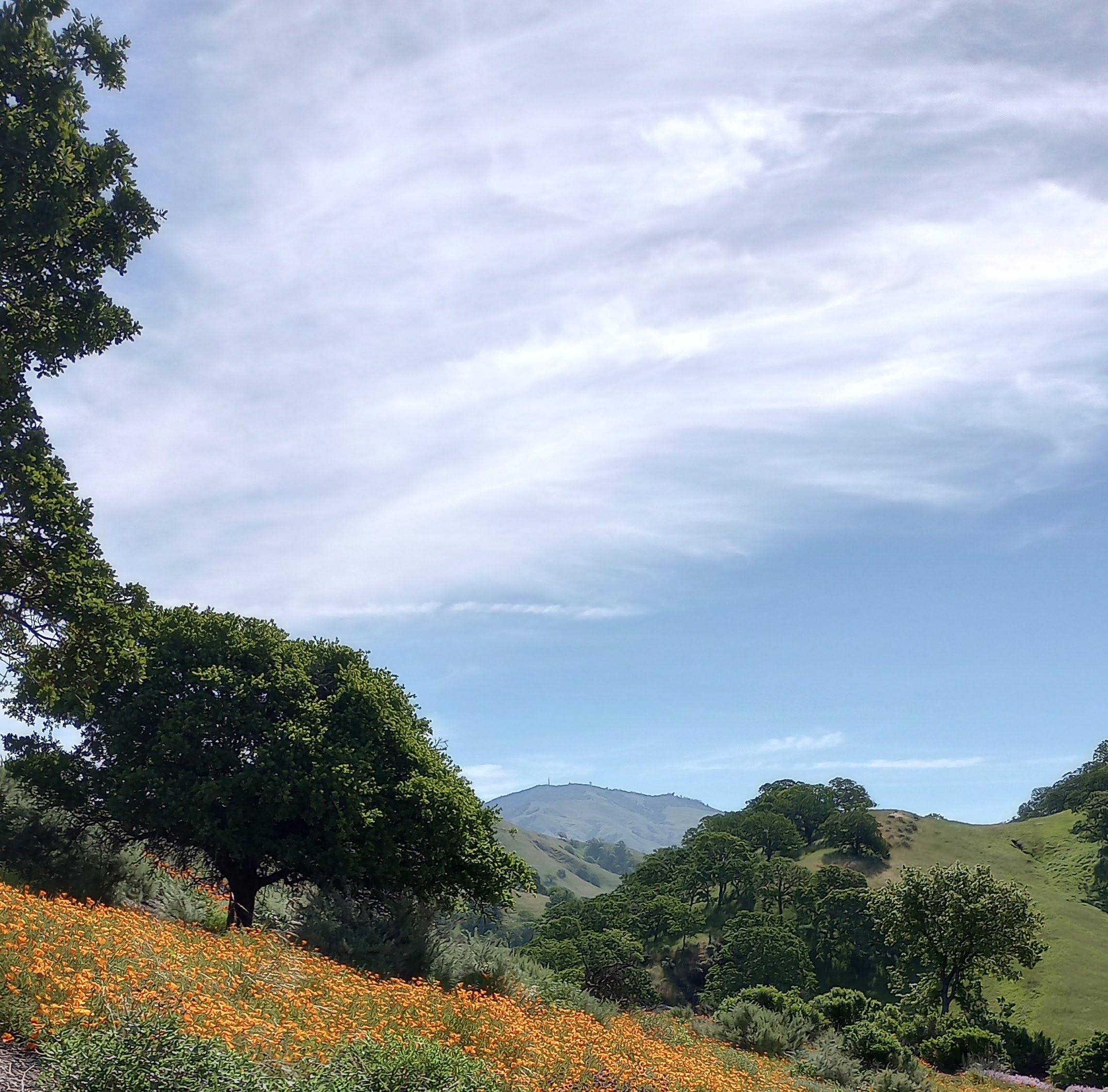
OGFN celebrated Shell Ridge at Walnut Creek Open Space in Contra Costa County, California on April 21st. The park is 1,421 acres of protected open space and trails with rolling hills, creeks, coast live, valley, blue and black oaks, and historic structures that include the Borges Ranch and Howe Homestead Park in the City of Walnut Creek, CA. With proceeds of a bond issue authorized by the citizens in 1974, the City bought and preserved the undeveloped Acalanes Ridge, Lime Ridge, Shell Ridge and Sugarloaf Open Spaces. The largest of the four—Shell Ridge—has roughly 1,420 acres of oak woodlands and grassland savannah and 31 miles of trails.
Rowe woods at the cincinnati nature center- clermont county, oh





Rowe Woods is part of over 1,016 acres of land owned by the Cincinnati Nature Center that features nearly 14 miles of trails winding through Eastern deciduous forest, fields, streams, ponds and wetlands. The Woods are a mix of oak forest, old growth mesic hardwood forest and old growth bottomland forest. Approximately 96-acres are old-growth forest with some trees dating to nearly 250 years old. Dominant tree species in the old growth oak forest are Shumard oak, chinquapin oak, red oak, sugar maple, American beech, and an abundance of understory trees, shrubs, and wildflowers. Bobcats, mink, pileated woodpeckers, and red bats, among other wildlife, call the old-growth forest home.
Allerton park- piatt county, il








Allerton Park, owned by the University of Illinois, consists of about 1,500 acres of natural areas. The Illinois Natural Areas Inventory (INAI) surveyed Allerton Park in 1976 and 2008 documenting 470 acres of very high (old growth and second old growth) and high (old growth and old second growth; grazed) quality forest on the site. This is the largest area of high-quality forest in the Grand Prairie Natural Division. Allerton Park holds INAI category designations of I (high quality natural communities) and II (specific suitable habitat for endangered or threatened species). Dominant tree species at Allerton Park include White, Black, Northern Red, and Bur Oak, Shagbark, Shellbark, Mockernut and Bitternut Hickory Hackberry, Silver Maple, and American Sycamore.
little mulberry park- gwinnett county, ga








The woodlands of Little Mulberry Park in Gwinnett County GA are home to the older hardwood stand with large beech, tulip poplar and white oak tree specimens. Within these older woodlands area, there is moist cove forest with ephemeral ground cover, which is relatively unique to Gwinnett. In the bottom ravine area, there is a dense thicket of red maple and paw paw trees. The Master Plan mentions that park users walking through this area of Little Mulberry Park are afforded a glimpse of how a pre-Columbian forest may have appeared.
Routzong Nature Preserve- Darke County, OH






Routzong Nature Preserve in Darke County, OH, is a 55 acre park with 1.5 mile trail winding throughout the entire forest. The forest contains a wide variety of both hardwoods and understory trees, including some trees date to over 100 years old! Red elm, buckeye, and oak are prominent species of trees, while low areas have sycamore and American beech. Spicebush makes up most of the understory with significant presence of the ever famous pawpaw trees.
Coppess Nature Sanctuary- Darke County, OH





Coppess Nature Sanctuary in Darke County, OH, offers a splendid example of an Oak-Hickory forest and a glimpse of some of the great natural diversity of the Darke County region as it appeared 200 years ago. Five species of large oaks dominate the area. Several white oaks have a diameter of 40 inches or more. Shagbark and bitternut hickories are scattered throughout the area. Other trees of interest include American beech, American hornbeam, white ash, box elder and sugar maple.
Witherell Woods at Palmer Park- wayne county, mi







The 70-acre Witherell Woods in Palmer Park is the largest old-growth forest in the Tri-County area, and one of only seven forests in the City of Detroit. Witherell Woods contains a true Oak-Beech Climax forest and some of the oaks exceeding 350 years in age were planted by Mother Nature herself. 3 distinct natural communities are present and over 100 different species of native plants, including several species of oak, maple and hickory. Improvements and changes made by People For Palmer Park, the Adopt-a-Park Community Partner with the City of Detroit, are mindful of this, and aim to ensure that the park will become self-sustaining, protected and a treasure to be enjoyed by all for generations to come.


